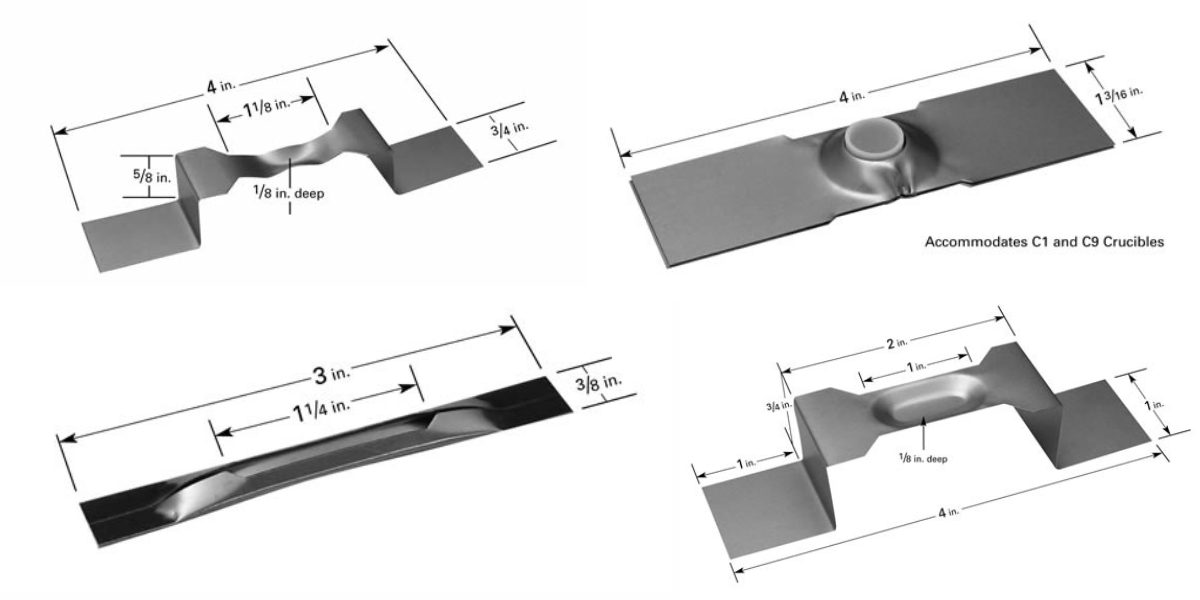Common Challenges in Vacuum Deposition and How an Inert Gas Purifier Can Solve Them
Vacuum deposition is a crucial process in various industries, from semiconductor manufacturing to optical coatings. However, this sophisticated technique comes with its own set of challenges. One significant challenge is maintaining a clean and stable environment within the vacuum chamber. An inert gas purifier, along with evaporation sources, play a vital role in addressing these challenges by ensuring that the atmosphere inside the chamber remains free from contaminants.
We will discuss common challenges in vacuum deposition and how inert gas purifiers help overcome them:
Contamination Control
Contamination, whether from moisture, oxygen, or other impurities, can severely impact the quality and performance of thin film coatings. Even minute traces of contaminants can lead to defects, reduced adhesion, and decreased film uniformity.

RDM Inert Gas Purifier
Inert gas purifiers help mitigate this risk by continuously purging the chamber with high-purity inert gases such as nitrogen or argon, while evaporation sources precisely deposit the desired material onto the substrate. By maintaining an ultra-clean environment, inert gas purifiers prevent contamination and ensure the deposition of pristine thin films.
Reactive Processes
Some deposition processes involve reactive gases or materials that can react with atmospheric components, leading to unwanted byproducts or chemical reactions. This, for example, can create unwanted oxides from metal deposition or interfere with stoichiometry of desired films.
Acting as a barrier between the reactive elements and the atmosphere, the controlled environment created by inert gas purifiers minimize these reactions. By replacing atmospheric gases with inert gases, purifiers prevent undesirable chemical interactions and enable precise control over the deposition process, ensuring that the material from the evaporation source reaches the substrate in its purest form.
Substrate Sensitivity
Certain substrates used in vacuum deposition are highly sensitive to environmental conditions. Exposure to moisture, oxygen, or other contaminants can degrade the substrate’s properties or compromise the integrity of the deposited film. Parts of the the vacuum chamber set-up may also react with these contaminants as well.
Inert gas purifiers help protect sensitive substrates by creating a dry, inert atmosphere that shields them from harmful elements. This ensures the stability and quality of the deposited films, especially in applications where substrate sensitivity is critical, such as microelectronics or optical coatings.
Film Purity and Uniformity
Achieving uniform and pure thin films is essential for many applications, including semiconductors, solar cells, and optical coatings. Any variations in film thickness or composition can lead to performance inconsistencies or device failure, especially in more precise coating applications.
Inert gas purifiers play a key role in maintaining film purity and uniformity by eliminating sources of contamination and providing a stable deposition environment. Ensuring a clean atmosphere throughout the deposition process, purifiers help produce high-quality films with precise thickness and composition control.
Shop an Inert Gas Purifier Today
For those seeking reliable solutions in vacuum deposition equipment, RD Mathis Company provides expertise and innovation. We empower industries to achieve precise and high-quality thin film coatings.



